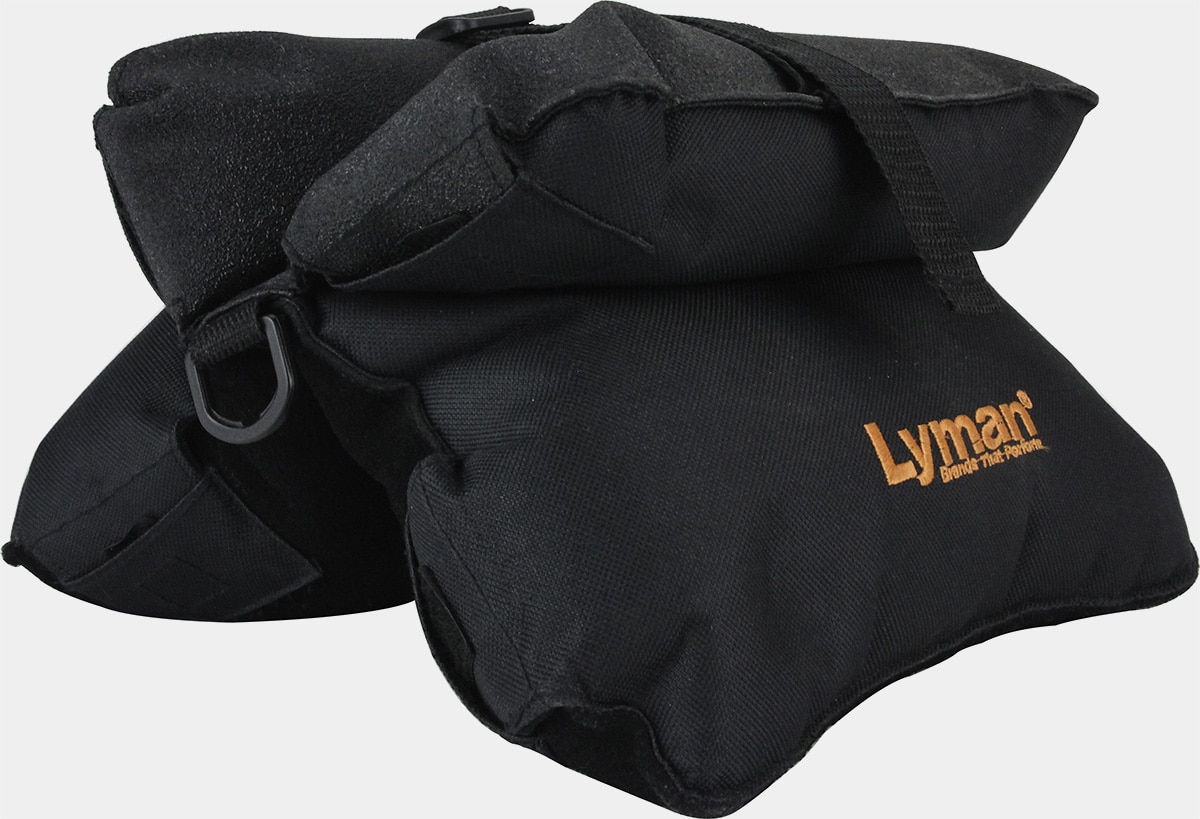Since 1974, M1A rifles have been rolling off the Springfield Armory production line without interruption — an incredible half-century run and counting.
A faithful, semi-automatic version of the famed M14 service rifle, the M1A has been in production for decades longer than the original M14 — something that speaks to the inherent longevity of the design. In many respects, to my mind, Springfield’s innovations and dedication to precision manufacturing have helped the M1A surpass the original M14.
I am the type of shooter who places a high value on accuracy and precision. I owned an M1 Garand, so acquiring an M1A — combined with the well-known inherent accuracy of the .308 Winchester cartridge — due to its ability to add a scope and employ detachable box magazines was a high priority for me.
The time was right for me in the late 1990s to purchase a Springfield Armory M1A — and boy am I glad I did. It would become the start of a three-decade journey with that rifle.
[Learn more about the history of the M1A rifle.]
Buying My Rifle
When I purchased my M1A rifle in 1997, the 1994 so-called “Assault Weapon Ban” was in effect. However, the M1A (due to the design of the rifle) was largely unaffected by it. The rifles came with 10-round magazines and — though expensive — legal pre-1994 20-round magazines were still obtainable. Of course, Springfield also offered five-round magazines.
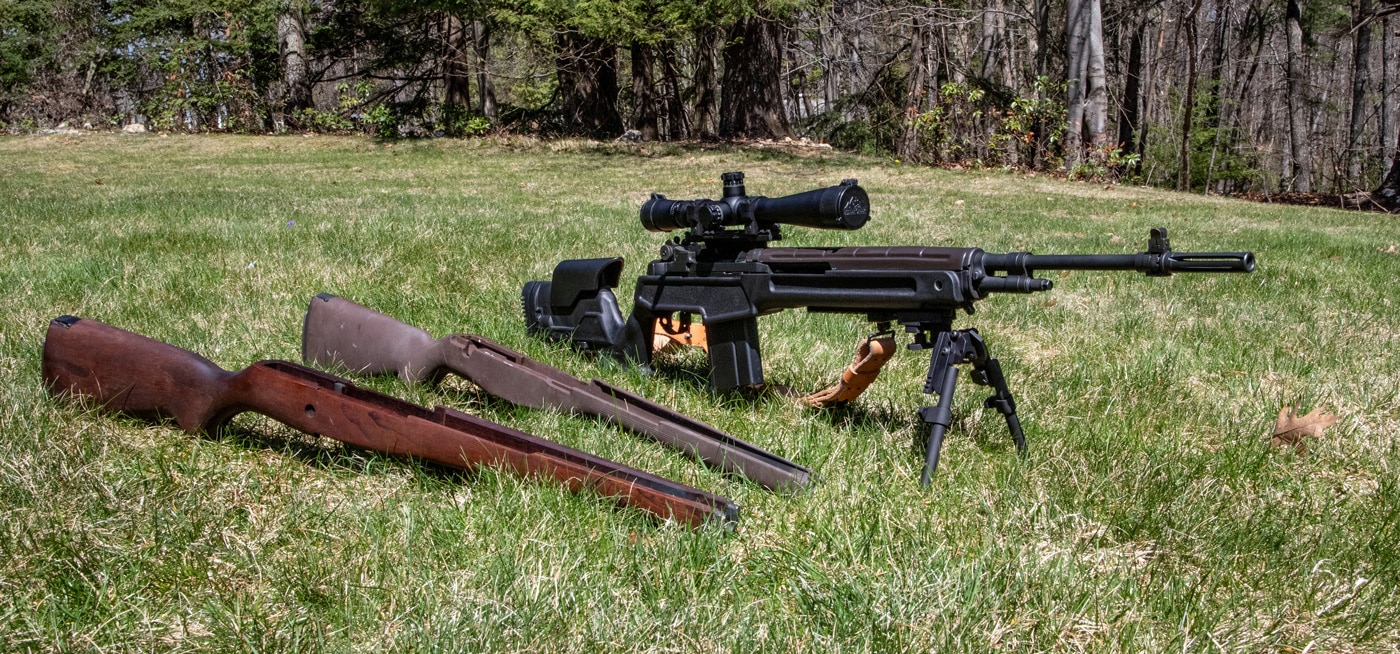
Springfield Armory was running a “LOADED” promotion when I purchased my rifle. It came with a Springfield National Match (NM) barrel, a NM tuned trigger, NM flash suppressor and three magazines. The rifle didn’t have NM sights, but I didn’t care as sights are easy to upgrade later — I was happy to get a rifle with these factory-installed match upgrades.
In addition to the factory-installed upgrades, anyone who purchased an M1A during the promotion period got a coupon to get a generous discount on the prices of up to five USGI M14 magazines, a leather M1907 sling with “Springfield Armory” embossed on it, a ballistic nylon rifle case, some tools and a scope mount.
Enhancing My Rifle
I have owned, shot and enjoyed my M1A for almost three decades. As my budget grew and my shooting skills improved, I made several changes and enhancements to the barreled action, which all helped take the rifle’s performance to the next level.
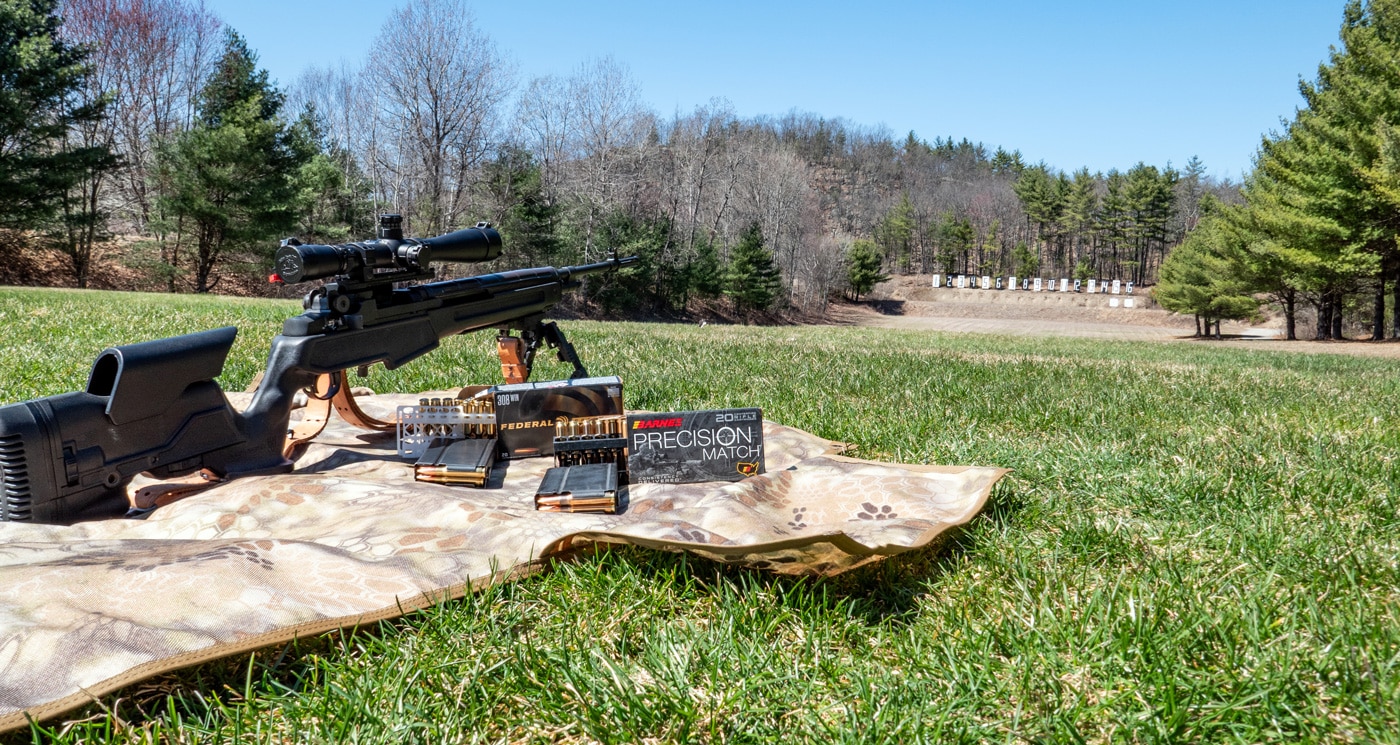
My M1A came in a beautiful — but unbedded — walnut stock. Nevertheless, the group sizes, out to 300 yards, were quite good. In fact, the rifle consistently shot about 1.75–2.25 MOA when fired from a solid rest.
The first scope that I mounted on the rifle was a Leupold Vari X II 3-9X I removed from a rifle I had sold to help fund the M1A’s purchase. This scope, while somewhat basic by current standards, in 1997 was a solid choice for most types of shooting.
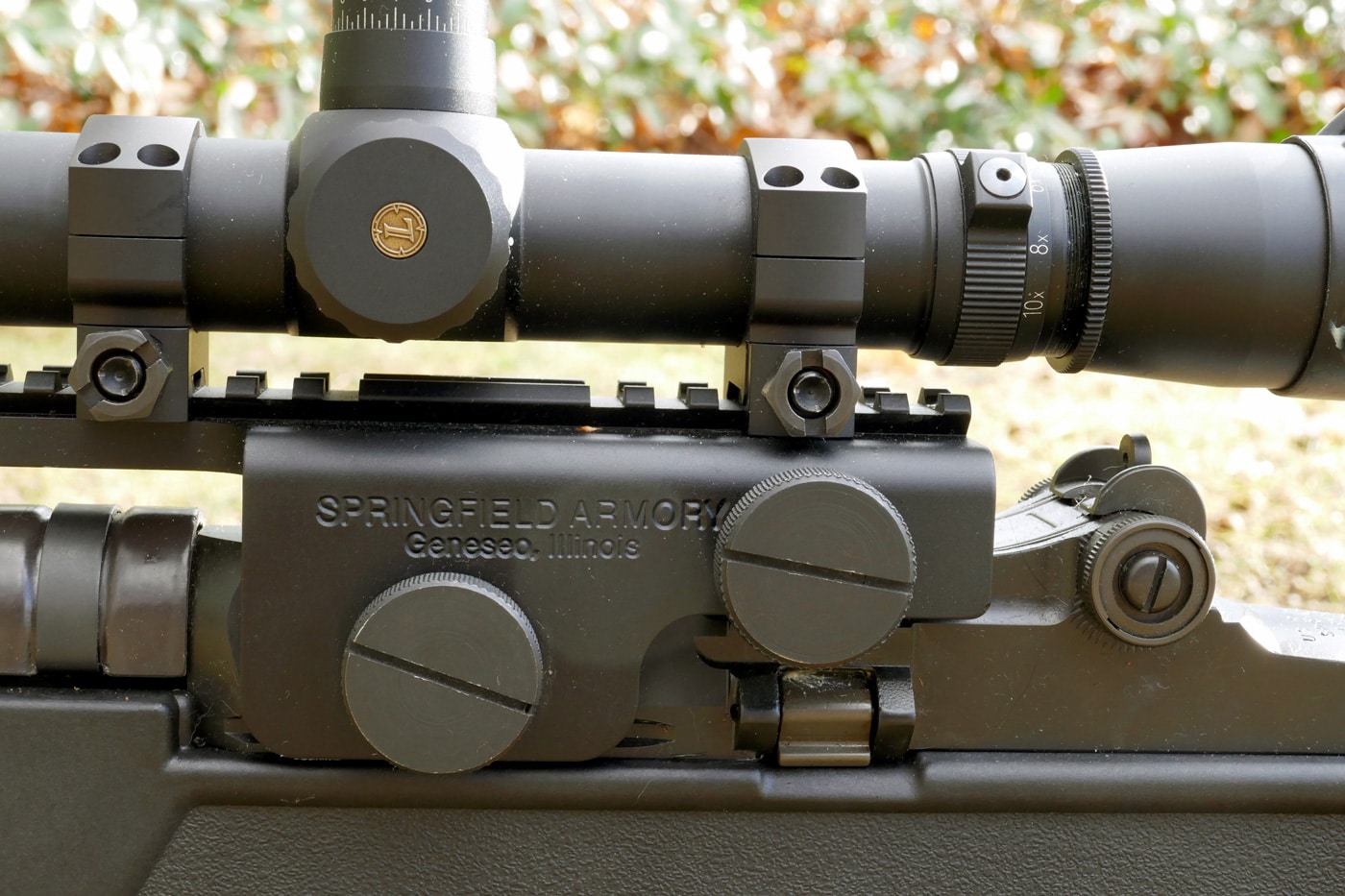
A few years later, I learned that surplus USGI M14 fiberglass stocks were available at a reasonable cost. Fiberglass does not expand and contract like wood. So, in many cases, if an M1A is put into one of these stocks, the group sizes can shrink.
Other than a cutout for the M14 selector lever, the stock was a perfect fit. Snug enough to properly secure the rifle, but not so snug that any extra effort was required to place the barreled action into the stock.

I cleaned and lubed the rifle and headed to the range. Using match-grade ammunition, my groups immediately shrank. At 100 yards they were hovering around 1–1.50 MOA if I did my part, so I decided to upgrade the scope and take my M1A rifle out to 600 yards.
I swapped the Leupold 3-9X for a Leupold Vari X II 4-12X that, in addition to the increased magnification range, included slightly longer eye relief. It also had a focus ring on the larger objective, which helps to gather more light. The 4-12X scope has very similar dimensions to the 3-9X, but only weighs about 1.5 ounces more.
I headed to the range, zeroed the scope at 200 yards and then moved back to 600 yards. The M1A’s 10-shot groups easily held inside the 10 ring, (12”) with a few shots landing in the 6” X-ring on an MR-1, 600 yard high power target. I was thrilled and was pretty sure that experimenting with handloads would probably shrink the group sizes even more.
Adding the Archangel
So, I was clearly very happy with my M1A. I had tightened up my groups, was getting good long-range results, and had a platform for experimenting with handloads. However, I still wanted to take the M1A a little further if I could.

About 10 years later, I learned about the Archangel stock from ProMag Industries. The comb and length of pull on the Archangel stock are adjustable, which makes it a better choice for precision shooting than a USGI fiberglass stock or the original walnut stock. Once the marksman knows which position works best, it is quick and easy to change the stock’s position to one that is more comfortable when shooting from different positions such as seated, kneeling, standing or prone. The Archangel stock has a Picatinny Rail on the bottom of the forend, so attaching a bipod is very easy. In addition, a very tight receiver-to-stock fit helps with accuracy.
When I upgraded to the Archangel stock, I made another scope change. I mounted a Leupold Mark 4, 3.5-10X LR/T, which I removed from another rifle. As I age, I’m reducing the number of different firearms I own, but still keeping the scopes. Most of my recreational rifle shooting is done at 300 yards. On the rare occasions that I shoot at 600 yards, 10X provides ample magnification.

Even higher-quality glass and a 30mm main tube improve the optical clarity and brightness of the Mark 4. The Mark 4 also has a side focus knob. That, and the exposed turrets with click adjustments and the Tactical Milling Reticle (TMR) helps me to estimate distance and to switch between different distances with ease. I want to note that the Leupold Vari X II series of scopes did NOT have poor optical clarity; they were very good — the Mark 4 is just better in all respects. However, I still use both of those older Vari X II scopes as a good optic is simply a good optic.
Testing My M1A
When discussing writing an article about my M1A journey with Richard Johnson, managing editor of The Armory Life, it was decided that for this article it made sense to shoot the rifle with two factory loads and one handload at 100 and 200 yards. While the maximum effective range of the .308 is farther than that, these are good ranges for testing the gun.

The first factory load I fired was Federal Gold Medal Match loaded with the 168-gr. Sierra MatchKing, boattail hollow point with a stated muzzle velocity of 2,650 feet per second (fps). As a note, my best five shots averaged 2,585 fps.
Next on the firing line was Barnes Precision Match, loaded with a 175-gr. open tip match boattail bullet. The stated velocity for this load is 2,600 fps. I shot five cartridges for groups, and the velocity as measured by a Garmin Xero averaged 2,522 fps.
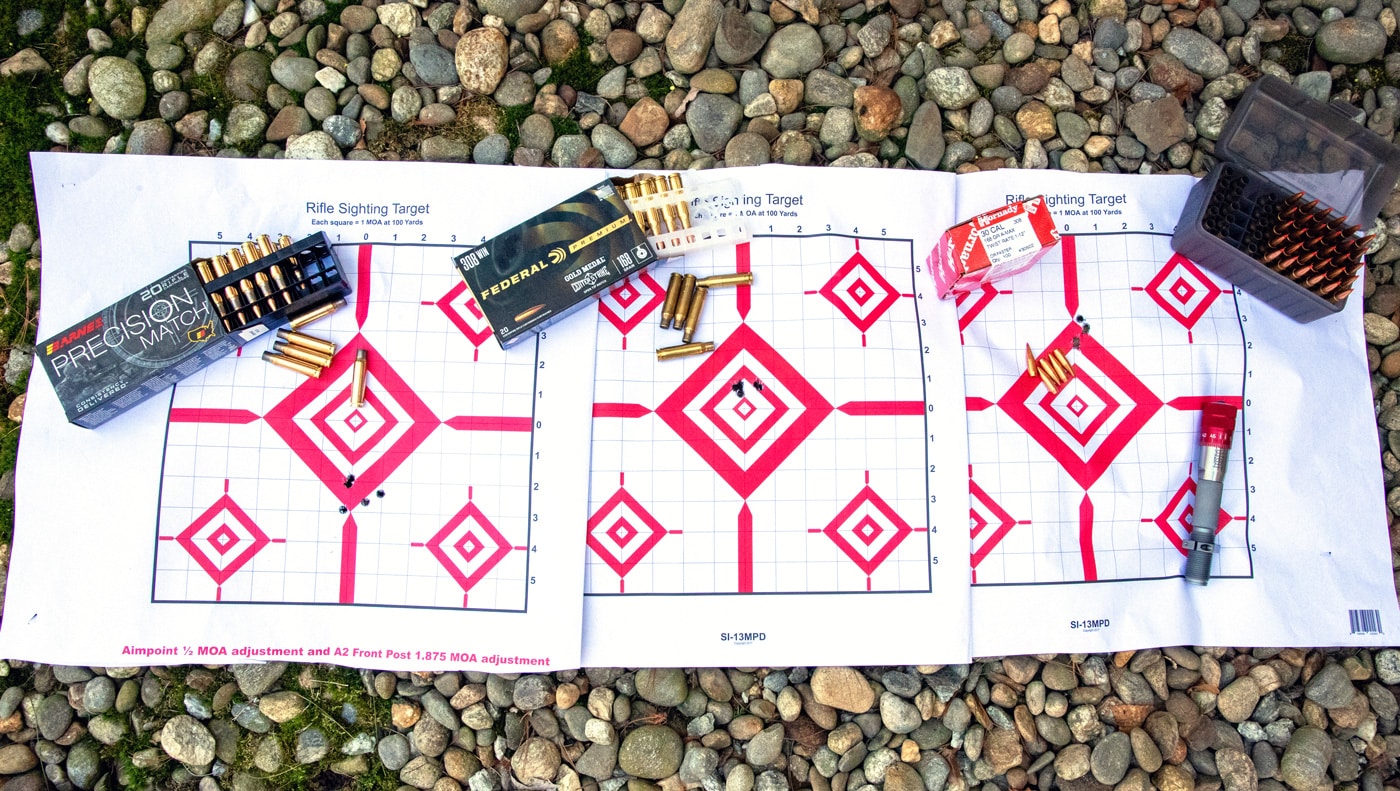
I was on the range on a 40˚ day with a light wind. The M1A has a 21” barrel, and both manufacturers’ data was derived from a 26” barrel. These are the likely reasons for the lower velocity with both premium factory loads. Nevertheless, as the accompanying photos show, the groups were excellent.
Finally, I fired some handloads that were made with the 168-gr. Hornady A-Max bullet and Hodgdon H4895 smokeless powder. I used a Hornady Custom Grade bullet seating die that had a Hornady Click-Adjust Bullet Seating Micrometer. This die allows the handloader to precisely adjust the seating depth in .001 increments.
I also installed a Hornady custom seating stem. It is designed to precisely fit the A-Max and ELD Match bullets to minimize runout, which, when measured on a Hornady Lock-N-Load Concentricity Tool, was less than .002. The bullets were seated into the cases to an overall length of 2.800”, as specified in the 11th Edition of the Hornady handbook. If you are reloading .308, these are great tools to use.
The handloads clocked in with a five-shot average of 2,573 fps.
100 Yards
200 Yards
At 100 yards, my M1A shot best with the 168-gr. bullets. However, at 200 yards, the heavier, Barnes 175-gr. bullets started to outperform the lighter bullets. Across the board, I think you’ll agree that I clearly have a shooter here.
Final Thoughts
Certain firearms have a specific purpose. As interests and shooting activities change, they might be sold and replaced with other arms. On the other hand, some firearms that have a timeless design and unending appeal, can be upgraded and modified as your shooting skills and interests change.
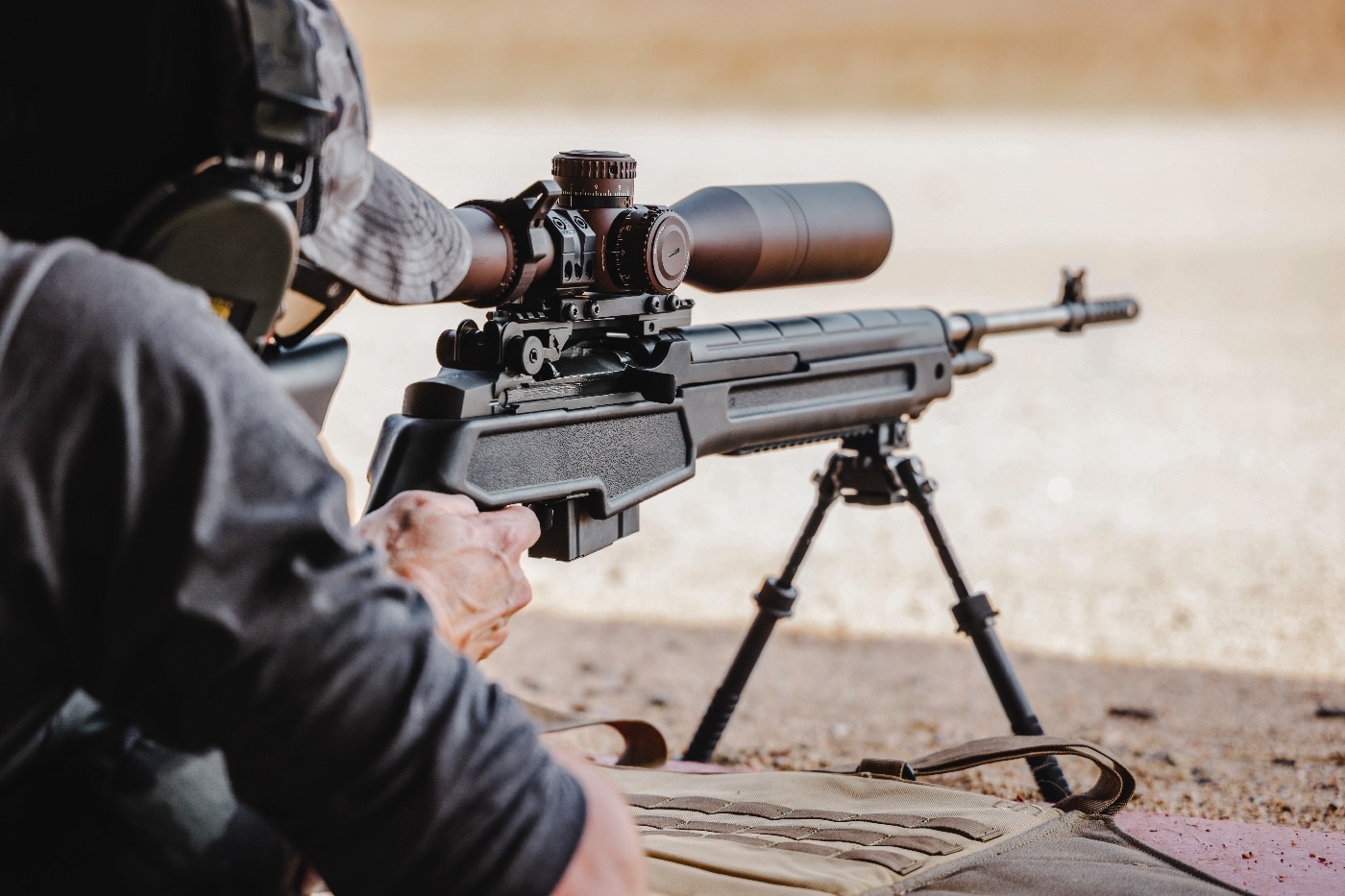
The Springfield Armory M1A is clearly in the second category. Having owned my M1A for nearly three decades, I consider it to be an heirloom rifle to be passed down from one generation to the next. My M1A has served me well in several different configurations, and I expect it to last for many more decades to come.
When I bought my M1A, I was a single man who simply enjoyed precision shooting. A few years later, I married and started a family. My son is now shooting this M1A with me on the line at 600 yards. As long as I can shoot, I’ll be firing it. However, when I become too old to get out there, I look forward to passing this rifle on to my son. So, these first 30 years are just the beginning of this M1A’s journey.
Editor’s Note: Please be sure to check out The Armory Life Forum, where you can comment about our daily articles, as well as just talk guns and gear. Click the “Go To Forum Thread” link below to jump in and discuss this article and much more!
Join the Discussion
Featured in this article
Read the full article here







